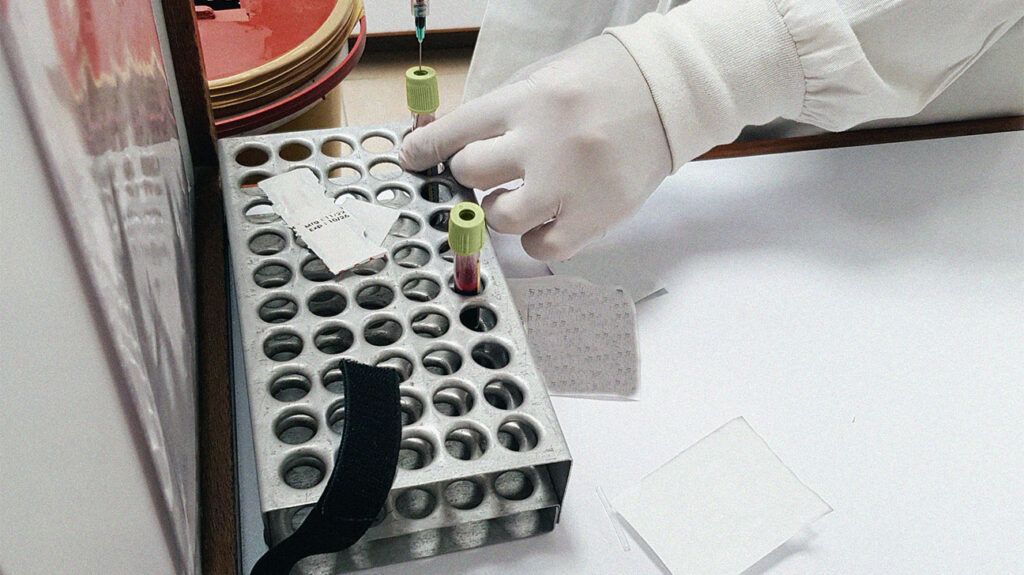Mononucleosis is a disease caused by the Epstein-Barr virus. In addition to symptoms such as fever and body aches, individuals with this condition may experience a skin rash.
Mononucleosis is particularly common among young adults and teenagers. But it can affect individuals of all ages.
The Epstein-Barr virus transmits through bodily fluids, such as saliva. Sharing drinks is one way that this virus passes between individuals.
People with mononucleosis may experience a range of symptoms, including swollen lymph nodes, headache, sore throat, and fatigue. Some people with this condition also develop a skin rash.
This article explores what a mononucleosis skin rash is in more detail. The article also explores other symptoms of mononucleosis, its causes, diagnosis, and treatment.

A mononucleosis skin rash is a widespread eruption of skin lesions that develop while someone is experiencing mononucleosis.
A
Another 2022 case study found that the rash may occur on parts of the body, including the:
- legs
- arms
- soles of the feet
- palms of the hands
Each mononucleosis rash
- macular rashes, which involve flat areas of skin discoloration
- urticariform rashes, which are similar to hives
- scarlatiniform rashes, which involve small red bumps resembling scarlet fever rash
- erythema multiforme type rashes
People with mononucleosis are likely to experience other symptoms. A person should speak with a healthcare professional to find out the underlying cause of their rash, as many health conditions can cause rashes.
Individuals with mononucleosis may experience various symptoms. These may include:
- body aches
- extreme tiredness
- swollen lymph nodes in the armpits and neck
- headaches
- sore throat
- fever
Less commonly, people may develop a swollen spleen or liver.
According to the Centers for Disease Control and Prevention (CDC), the symptoms of mononucleosis often resolve
The Epstein-Barr virus causes mononucleosis. A 2023 study suggests that mononucleosis skin rashes may resultfrom exposure to the Epstein-Barr virus or following antibiotic use.
Rashes typically occur in acute mononucleosis and generally disappear within a couple of days, according to
However, a 2024 study found that a minority of people with mononucleosis who received antibiotics developed a rash. The authors highlighted that, in some cases, the rash may indicate an allergy to certain antibiotics.
The CDC states that people with mononucleosis
To diagnose a mononucleosis skin rash, a doctor
Diagnosis for mononucleosis may involve blood tests. A healthcare professional will collect blood samples and send them to a laboratory for testing.
During blood testing, medical professionals look for signs of Epstein-Barr virus infection, such as:
- atypical lymphocytes
- low levels of neutrophils or platelets
- elevated levels of lymphocytes
- abnormal liver function
Because mononucleosis is a viral infection, it
At-home treatment methods can usually help manage symptoms until the infection passes. Treatments that
- getting plenty of rest
- drinking plenty of fluids
- taking medications to reduce fever and pain
- eating a balanced diet
- avoiding contact sports
A healthcare professional can also recommend treatment to help relieve mononucleosis skin rash.
Mononucleosis results from Epstein-Barr virus infection. People with the condition may develop various symptoms, including a skin rash.
A mononucleosis skin rash often includes both flat areas of skin discoloration and areas with small raised bumps. However, its appearance may vary between individuals.
Research suggests that the rash may result from exposure to the Epstein-Barr virus or following antibiotic use.
If a person thinks they may be experiencing mononucleosis, they should contact a healthcare professional. A doctor can make an accurate diagnosis and recommend appropriate treatment.
